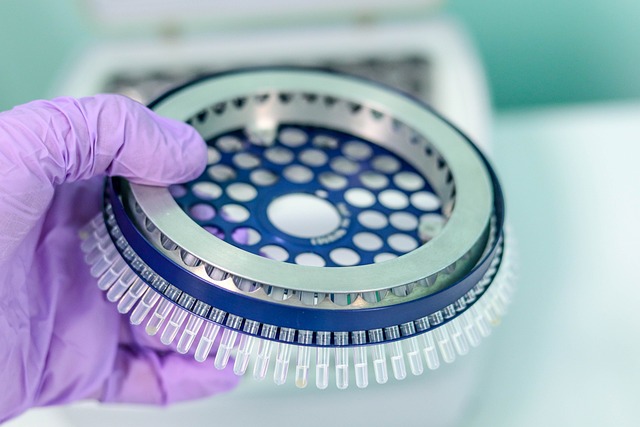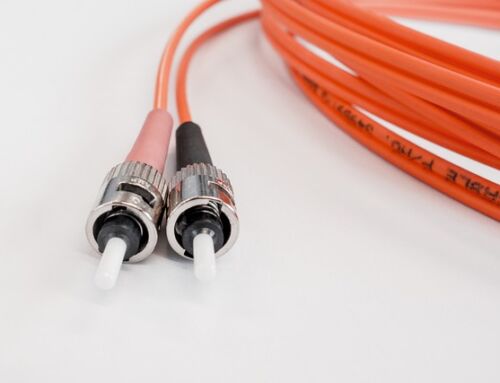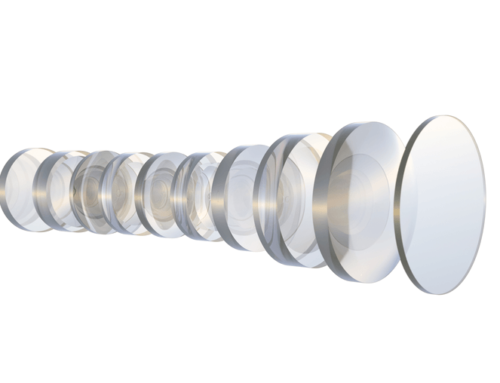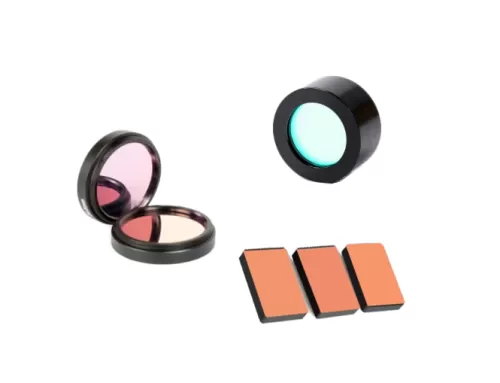Optical filters for PCR
Wednesday, April3, 2024
Optical filters for PCR

Polymerase Chain Reaction (PCR) is a widely used technique in molecular biology for amplifying specific DNA sequences. In PCR, precise control over the reaction conditions is crucial for successful amplification. Optical filters play a significant role in PCR setups by ensuring accurate detection and measurement of fluorescence signals emitted during the reaction. These filters are essential components of real-time PCR instruments, which enable monitoring of amplification in real-time.
-
Principle of Fluorescence Detection in PCR:
- During PCR, fluorescent dyes or probes are often used to monitor the amplification process. These dyes emit fluorescence when bound to DNA, and the intensity of fluorescence correlates with the amount of amplified DNA.
- Optical filters are used to selectively transmit the excitation light to the sample and filter out unwanted wavelengths, allowing only the emitted fluorescence to reach the detector.
-
Excitation and Emission Filters:
- Excitation filters are designed to allow specific wavelengths of light to excite the fluorescent dyes in the PCR reaction.
- Emission filters selectively transmit the emitted fluorescence from the reaction mixture while blocking the excitation light and other background signals.
- By using appropriate excitation and emission filters, specific fluorophores can be targeted, enhancing the sensitivity and specificity of detection.
-
Multi-Channel Detection:
- Many real-time PCR instruments are equipped with multiple detection channels, allowing simultaneous monitoring of multiple fluorophores.
- Optical filters in these instruments are designed to isolate the emission spectra of different fluorophores, enabling multiplex PCR assays.
-
Bandpass Filters:
- Bandpass filters are commonly used in PCR instruments to isolate narrow ranges of wavelengths for excitation and emission.
- These filters ensure minimal spectral overlap between different fluorophores, reducing crosstalk and improving the accuracy of quantification.
-
Longpass and Shortpass Filters:
- Longpass filters transmit wavelengths above a specified cutoff, useful for detecting fluorophores with emission spectra at longer wavelengths.
- Shortpass filters transmit wavelengths below a specified cutoff, suitable for detecting fluorophores emitting at shorter wavelengths.
- Combination of longpass and shortpass filters can be used for broad-spectrum fluorescence detection.
-
Dichroic Mirrors:
- Dichroic mirrors are optical components used in some PCR instruments to separate excitation and emission light paths.
- These mirrors reflect the excitation light towards the sample while allowing emitted fluorescence to pass through to the detector.
-
Optical Filter Optimization:
- Selection of appropriate optical filters is critical for optimizing sensitivity, signal-to-noise ratio, and dynamic range in real-time PCR experiments.
- Customizable filter sets are available to accommodate various fluorophores and experimental requirements.
Coligh Optics’ optical filters for PCR deliver outstanding performance and stable experimental results. Whether in real-time monitoring of PCR reaction kinetics or high-throughput sample processing, our filters provide excellent results, instilling confidence in your research endeavors.
Customized Services:
We understand that every experiment is unique, which is why we offer customized services to design and manufacture optical filters tailored to your specific requirements. Whether it’s specific wavelength demands or unique experimental designs, our team can provide the best solutions for you.
Contact us to learn more about how our optical filters can enhance the performance and efficiency of your PCR experiments.







